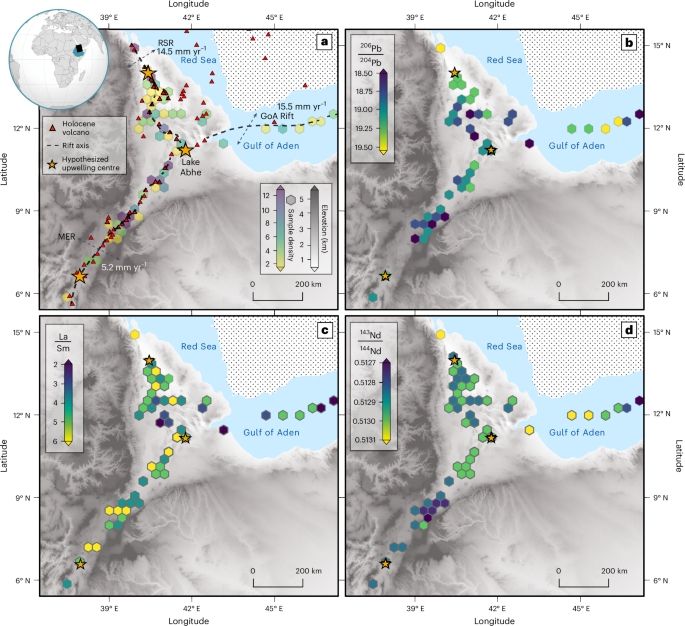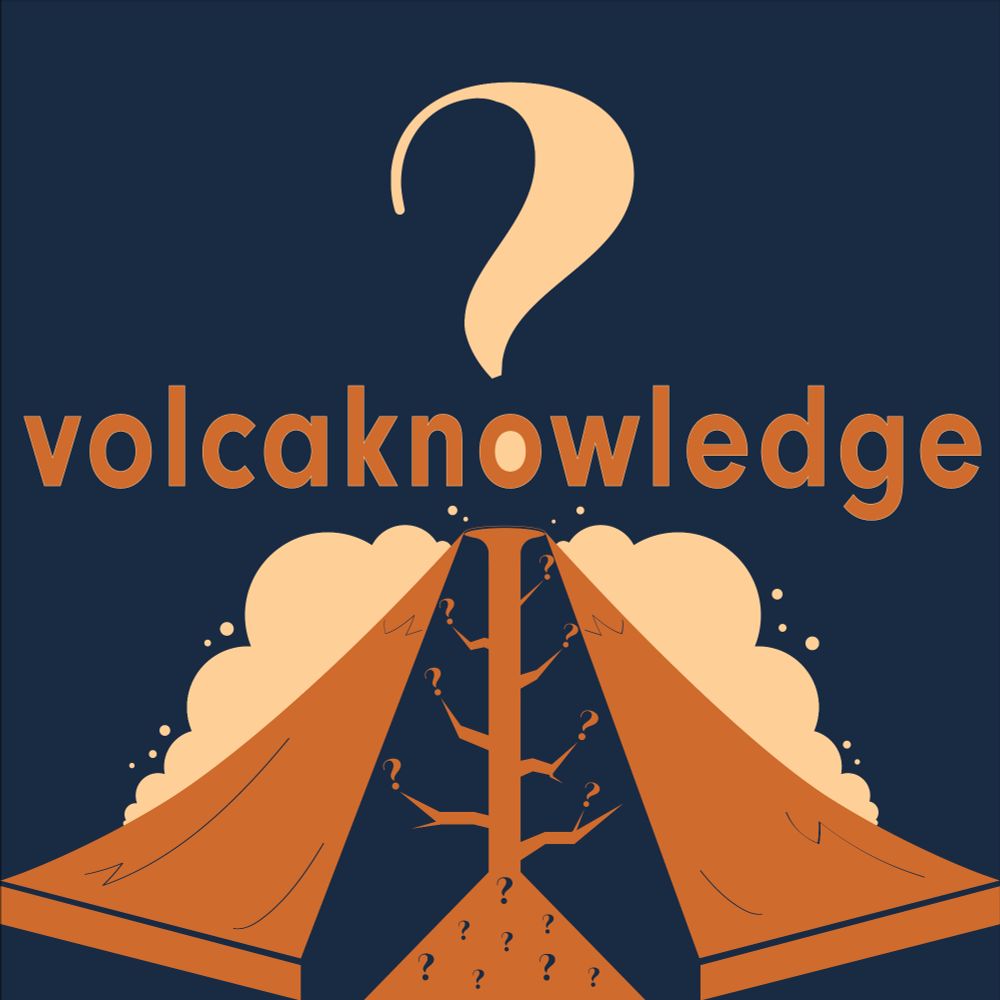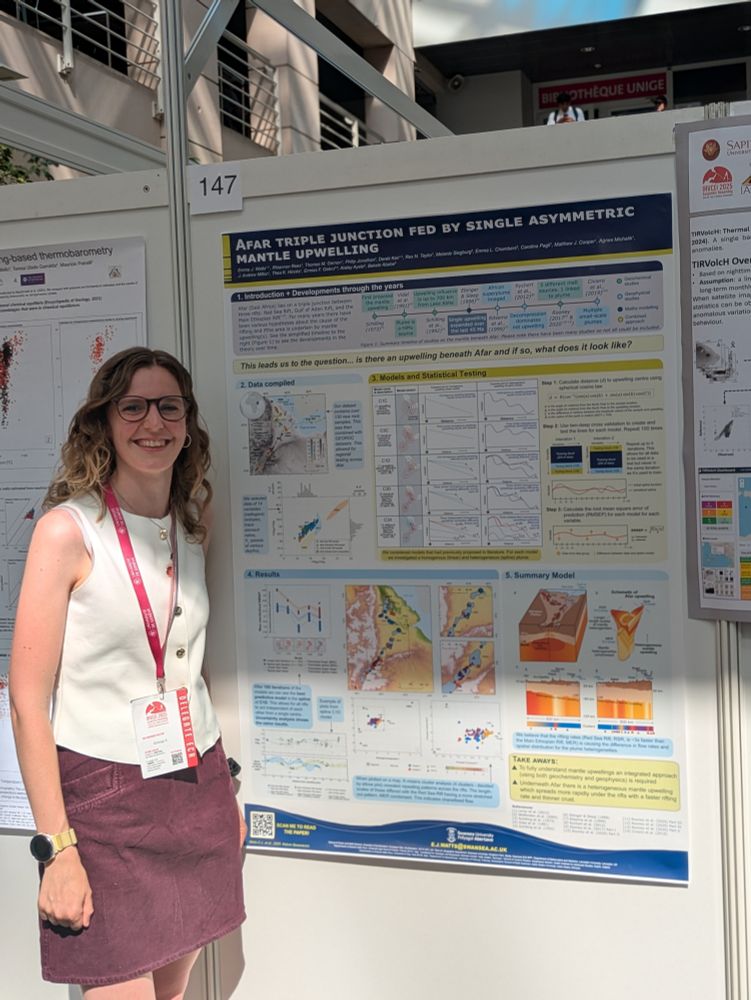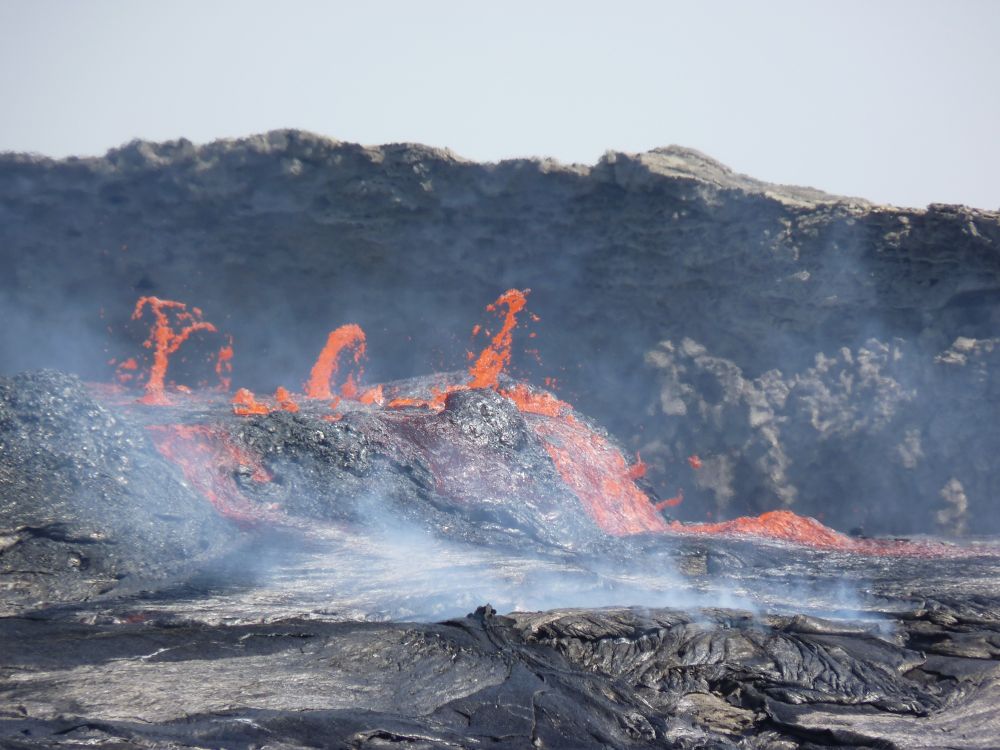Emma Watts
@wattsvolcanology.bsky.social
130 followers
130 following
8 posts
Postdoc at Swansea University researching Japanese Tephra.
PhD investigated volcanism in Afar, Ethiopia 🌋🇪🇹
Dysgwr o Gymru
Posts
Media
Videos
Starter Packs
Pinned
Emma Watts
@wattsvolcanology.bsky.social
· Jun 25

Mantle upwelling at Afar triple junction shaped by overriding plate dynamics - Nature Geoscience
The mantle upwelling beneath the Afar rift may be influenced by tectonic processes in the overriding lithospheric plates that shape the distribution of both the compositional heterogeneities and abund...
www.nature.com
Reposted by Emma Watts
Reposted by Emma Watts
Reposted by Emma Watts
Reposted by Emma Watts
Emma Watts
@wattsvolcanology.bsky.social
· Jun 25
Reposted by Emma Watts
Emma Watts
@wattsvolcanology.bsky.social
· Jun 25
Emma Watts
@wattsvolcanology.bsky.social
· Jun 25
Emma Watts
@wattsvolcanology.bsky.social
· Jun 25
Emma Watts
@wattsvolcanology.bsky.social
· Jun 25
Emma Watts
@wattsvolcanology.bsky.social
· Jun 25
Emma Watts
@wattsvolcanology.bsky.social
· Jun 25

Mantle upwelling at Afar triple junction shaped by overriding plate dynamics - Nature Geoscience
The mantle upwelling beneath the Afar rift may be influenced by tectonic processes in the overriding lithospheric plates that shape the distribution of both the compositional heterogeneities and abund...
www.nature.com





